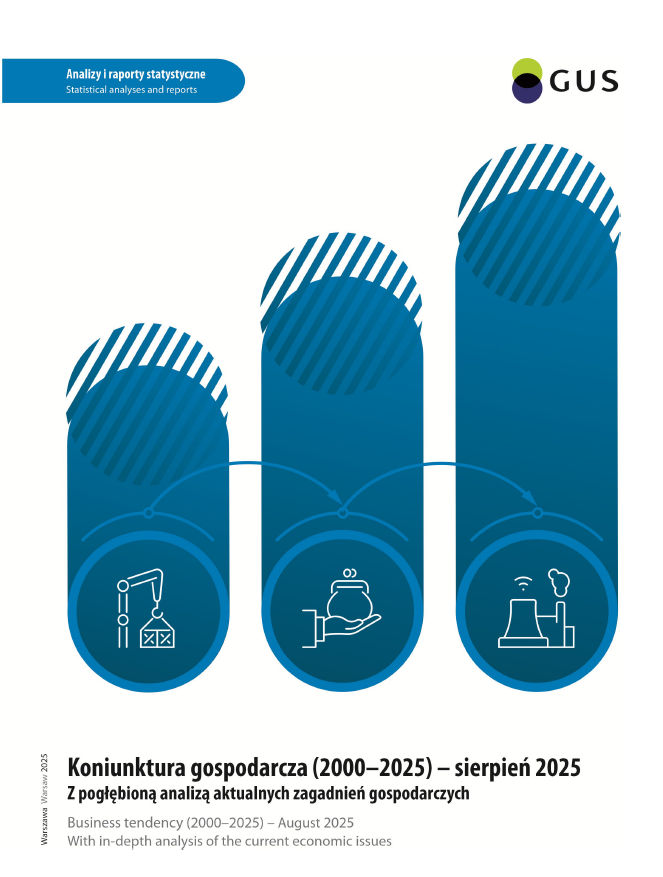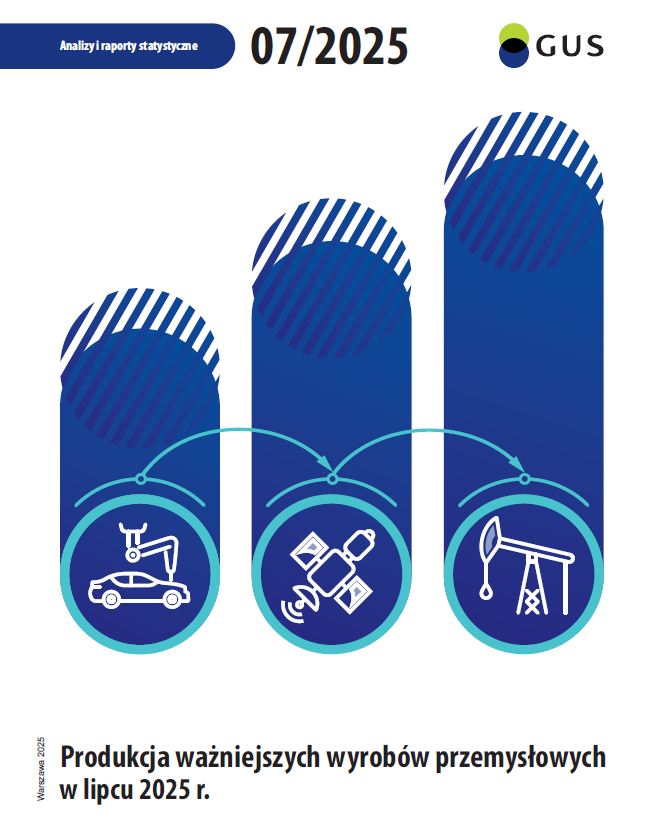
«Момент iPhone» близок для гуманоидных роботов
Бретт Адкок, основатель Archer Aviation, который покинул компанию летающих такси, чтобы заняться гуманоидной робототехникой и развертыванием искусственного общего интеллекта, недавно поделился тем, как его команда работает в компании. ИИ разработал робота-гуманоида всего за 31 месяцЭто первый успешный шаг робота в течение года.
Эдкок недавно выступил на саммите Abundance360 2025 года в Лос-Анджелесе и описал, как это сделать. Гуманоидные роботы являются конечным вектором развертывания для AGIСравнивая то, что происходит в робототехнике, с «Момент iPhone»Это прорыв, меняющий правила игры, когда новый продукт внезапно трансформирует отрасль.
По словам Адкока, Figure AI разрабатывает новую аппаратную платформу каждые 12-18 месяцев. Он отметил, что его стартап обеспечил коммерческих клиентов, таких как BMW.
Обновление BMW x Figure
Это не тестовая среда, это реальные производственные операции.
Реальные роботы продвигают наш ИИ Helix и укрепляют нашу сквозную автономию для развертывания миллионов роботов pic.twitter.com/p8a7OD7r3U
— Figure (@Figure_robot) 31 марта 2025 г.
Он прогнозирует, что Гуманоидные роботы ИИ станут доступнымиот 20 000 до 30 000 долларов США, что позволяет Широкое распространение как на рабочем месте, так и дома.
Знакомьтесь, Helix, наш собственный ИИ, который рассуждает как человек
Робототехника не доберется до дома без изменения возможностей
Наши роботы теперь могут обрабатывать практически любые предметы домашнего обихода: pic.twitter.com/Wsx5s8Qelc
— Figure (@Figure_robot) 20 февраля 2025 г.
Вот краткое изложение разговора Адока о гуманоидной робототехнике и о том, как индустрия находится в разгаре «момента iPhone»:
(00:00-01:42): Бретт Адкок, основатель компании Figure, запустил гуманоидных роботов с нуля за 31 месяц. Он рассматривает гуманоидных роботов как конечный «вектор развертывания» для AGI (искусственный общий интеллект), сопоставимый с «моментом iPhone», происходящим сейчас.
(02:21-03:30): Adcock подчеркивает, что предоставление AGI физического тела имеет решающее значение для предотвращения антиутопических исходов, когда мощный ИИ остается в ловушке серверов. Гуманоиды позволяют AGI учиться и действовать путем передачи обучения и многозадачности.
(06:24–07:54): Коммерческие роботы уже работают на крупнейшем заводе BMW в США (Спартанбург, SC), автономно выполняя повторяющиеся производственные задачи. Спрос растет, подписывается второй логистический клиент.
(08:28-09:58): Долгосрочная цель: гуманоидные роботы для домашнего использования по цене от 20 000 до 30 000 долларов США, аренда около 300 долларов США в месяц. С такой скоростью Adcock предполагает, что несколько роботов в доме будут выполнять такие задачи, как мытье посуды, стирка, выгул собак.
(10:40-12:28): Успех Фигуры связан с созданием команды мирового класса, работающей с высокой интенсивностью, ориентированной на лазер (работает 5-7 дней в неделю лично).
(14:30-15:43): Чтобы добиться успеха, Фигу пришлось решить три трудные задачи: построить сверхнадежное гуманоидное оборудование, научить гуманоидов через нейронные сети (не закодированные вручную элементы управления) и обобщить действия на незнакомые задачи с помощью языковых инструкций.
(16:51–19:17): Фигура отказалась от внешних поставщиков ИИ, таких как OpenAI, и построила свою собственную большую модель искусственного интеллекта, называемую Helix. Роботы, использующие Helix, могут обобщать и выполнять новые задачи, например, убирать продукты без предварительной подготовки.
22:04-25:45: Заявки на рабочую силу (производство, логистика, здравоохранение) быстро растут. Домашнее развертывание сложнее, но быстро ускоряется. Внутренние альфа-тесты в домах инженеров планируютсягод, с полным развертыванием, прогнозируемым в течение этого десятилетия.
Смотрите здесь:
Как мы уже описывали ранееИИ, полупроводники, eVTOL и фотоника — вот что должно определить великие державы в 2030-х годах, и почему США должны срочно перезагрузить или, по крайней мере, сохранить эти критически важные цепочки поставок.
Полностью полагаясь на Китай для экспорта критически важных минералов и магнитов для питания дронов и гуманоидных роботов, Tesla задерживает серийное производство робота Optimus.
Американская индустрия робототехники не может иметь «момент iPhone», если ей не хватает контроля над критически важными цепочками поставок, необходимыми для создания этих технологий.
Тайлер Дерден
Сат, 04/26/2025 - 21:35













![Makabryczna czołówka w Dziecininie. Nie żyje 61-letnia kobieta [ZDJĘCIA+FILM]](https://static2.supertydzien.pl/data/articles/xga-4x3-makabryczna-czolowka-w-dziecininie-nie-zyje-61-letnia-kobieta-zdjecia-1756194673.jpg)

